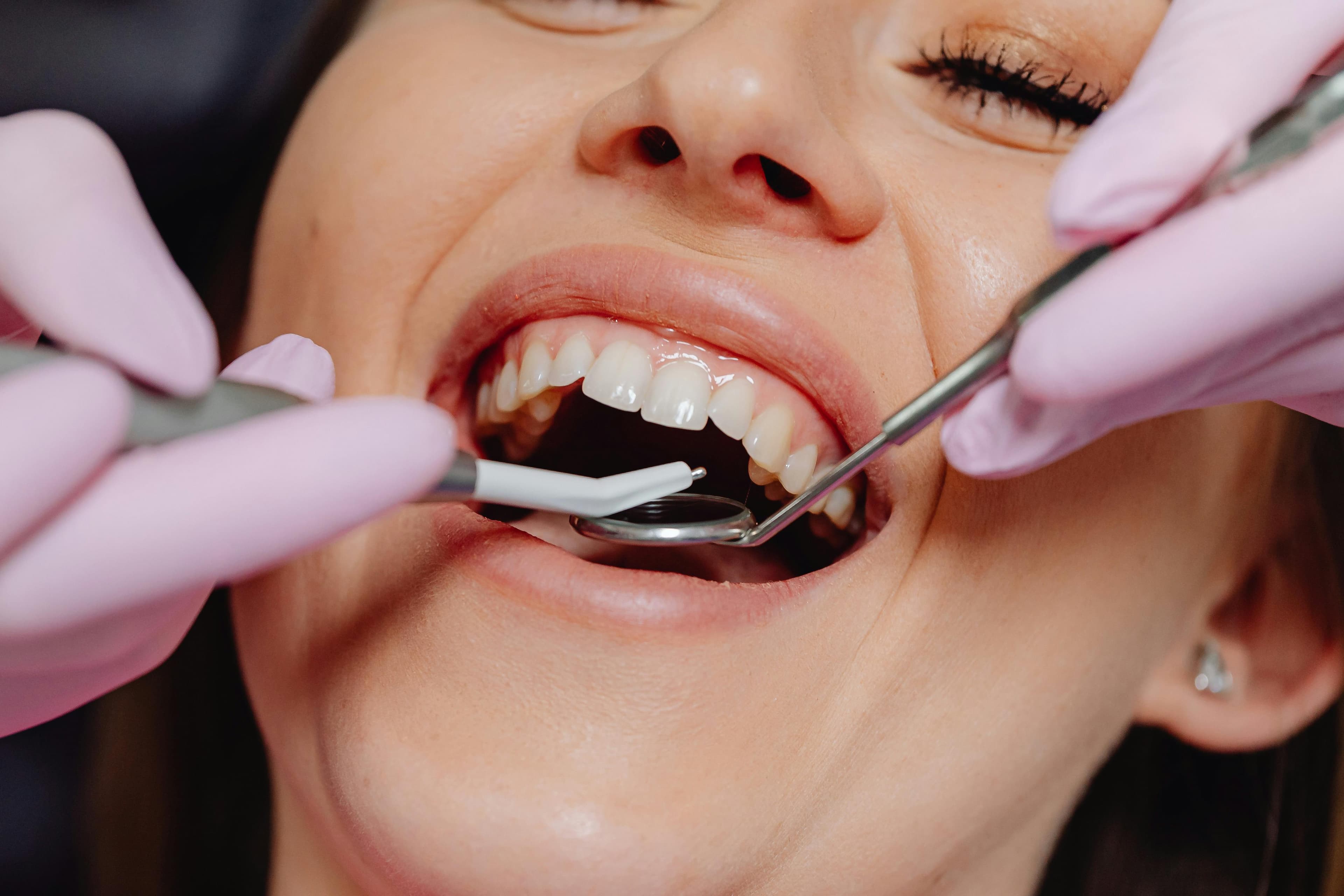
2024-Dec-03
Root Canal: Importance, Procedures, and Scientific Sources
Root Canal: Importance, Procedures, and Scientific Sources Root canal, also known as endodontic treatment, is a dental procedure aimed at removing the damaged or inflamed nerve inside the tooth to relieve pain and prevent further infection. This treatment is performed when the infection or damage reaches the pulp of the tooth, which contains nerves and blood vessels. Importance of Root Canal Root canal is a necessary procedure to preserve the damaged tooth and prevent the widespread spread of infection to the surrounding tissues. This treatment can save teeth that might need to be extracted if left untreated. The benefits of root canal include: Pain Relief: Root canal helps relieve severe pain caused by nerve inflammation or infection. Preventing Infection Spread: It eliminates bacteria and prevents the spread of infection to other teeth. Protecting Teeth: It preserves the structure of the tooth and prevents the need for more complex procedures such as bridges or implants. Root Canal Procedures The root canal process involves several steps, including: Diagnosis: The dentist begins by diagnosing the condition using X-ray images to determine the extent of nerve damage. Anesthesia: The area around the tooth is numbed to ensure patient comfort during the procedure. Removing the Damaged Nerve: The dentist opens the tooth and removes the infected tissue from the root canal. Cleaning the Canal: The canal is thoroughly cleaned to remove any bacterial residues. Filling the Canal: After cleaning, the canal is filled with a special material to prevent reinfection. Sealing the Tooth: The tooth is sealed with a permanent filling or a crown to maintain its structure. Post-Root Canal Care After the root canal procedure, the patient should follow the dentist’s instructions for dental care, which may include: Avoiding chewing on the affected side for a few days. Maintaining oral hygiene with regular brushing and flossing. Visiting the dentist for regular check-ups. Scientific Sources American Dental Association (ADA): www.ada.org National Institute of Dental and Craniofacial Research (NIDCR): www.nidcr.nih.gov World Health Organization (WHO): www.who.int
